Hindu pilgrims washing away their sins in the sacred lake, Ferris wheels on the horizon, the crackle of distant loudspeakers, hot air balloons in the dawn sky, and camels. Everywhere camels, as far as the eye could see—barking, stinking, munching, spitting, crapping, and snorting in all their glory. This was the scene that greeted me at the vast open-air camel fair in Pushkar, in northwest India, where the animals are traded in their thousands. What drew me here was not only the animal itself but everything around it: the people, the culture, the landscape—and the impact of the modern world on ancient nomadic lifestyles and fragile ecosystems. Photographing this strange-looking creature became the prism through which I would come to see our changing world with fresh eyes.

(Photo: The Voorhes)
In Rajasthan, the Raikas, a desert-dwelling caste that has been keeping camels for centuries, are under threat. Urbanization, road-building, and the impact of climate change on grasslands on the edges of the Thar Desert all make it difficult for them to graze their animals. Camels are being replaced by trucks, and the Raikas are being forced to radically change their ways in order to survive. Traditionally, the Raikas never killed their animals for meat, and only used camel milk for their own consumption—selling it was thought to bring bad luck. But today, camels are increasingly slaughtered, and their milk sold as far away as Delhi. Meanwhile, the country’s camel population has plummeted from more than a million two decades ago to fewer than 200,000 today.
I encountered a similar story of change and vulnerability in the ice-cold winter of the Gobi Desert, where centuries-old nomadic traditions and transhumance are threatened by a mining boom. New roads are being opened, wells are drying up, and grazing land is disappearing. Due to a rise in average temperatures, droughts are more frequent, winters are harsher, and camel herds are dying, sparking an exodus to the shantytowns of the capital, Ulaanbaatar.
In the Middle East, oil has given birth to glass towers, luxury cars, and air conditioning, and transformed the camel into a prized commodity to be bought, sold, raced, and displayed at beauty contests. Although heritage and tradition are still held in high esteem, the pastoral Bedouin livelihood is vanishing, and today camels are largely kept as a pastime or status symbol.
Going west from Arabia, in the sub-Saharan desert lands of northeast Sudan, I met nomads who welcomed me into their lives with genuine warmth and hospitality. Here, the camel population is increasing, because there is no other animal that can survive in this hostile environment while providing transportation, meat, milk, leather, and wool. Grazing is sparse and the landscape desolate, so camels still play a vital role in the subsistence economy, and people are mostly content with the bare essentials of life.
I don’t know what the future holds for nomadic cultures, but through this project I have learned humility and a deep respect for the people who live with and whose lives depend upon camels. Mobile pastoralism has much to teach us, not least about how we might reconcile our ever-increasing demand for more food, water, and energy with the need to tread lightly, like the camel, on this fragile Earth.
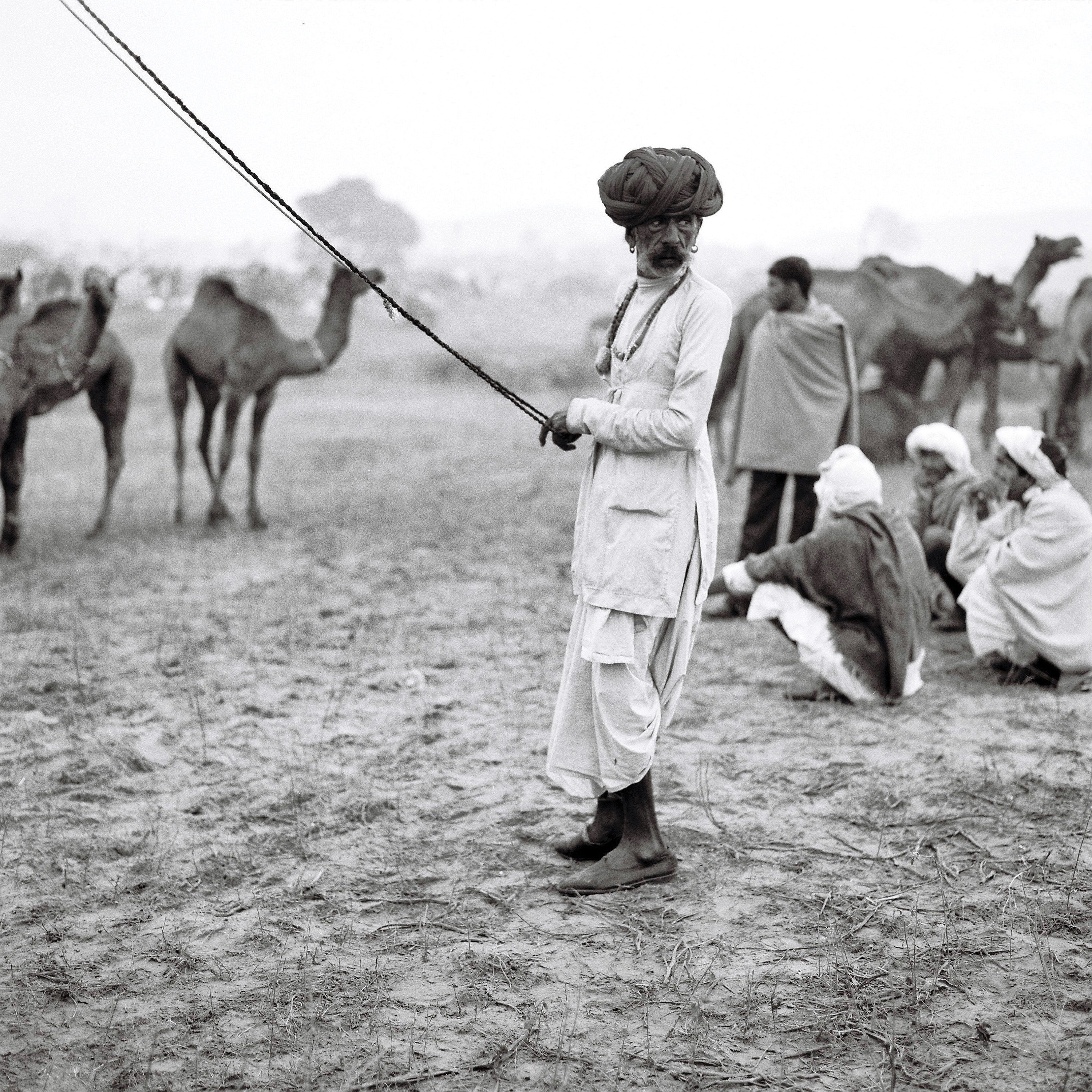
(Photo: Roger Chapman)
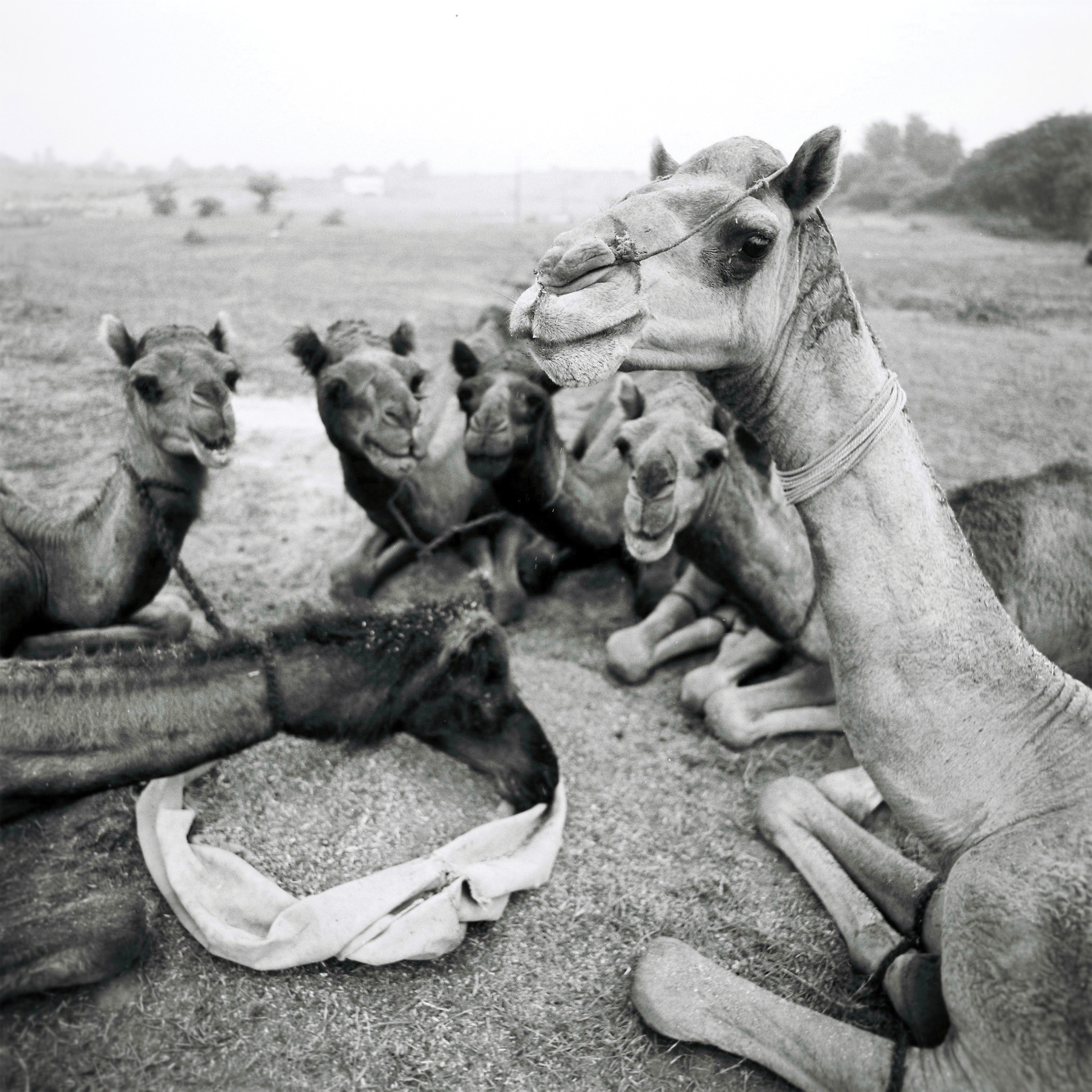
(Photo: Roger Chapman)

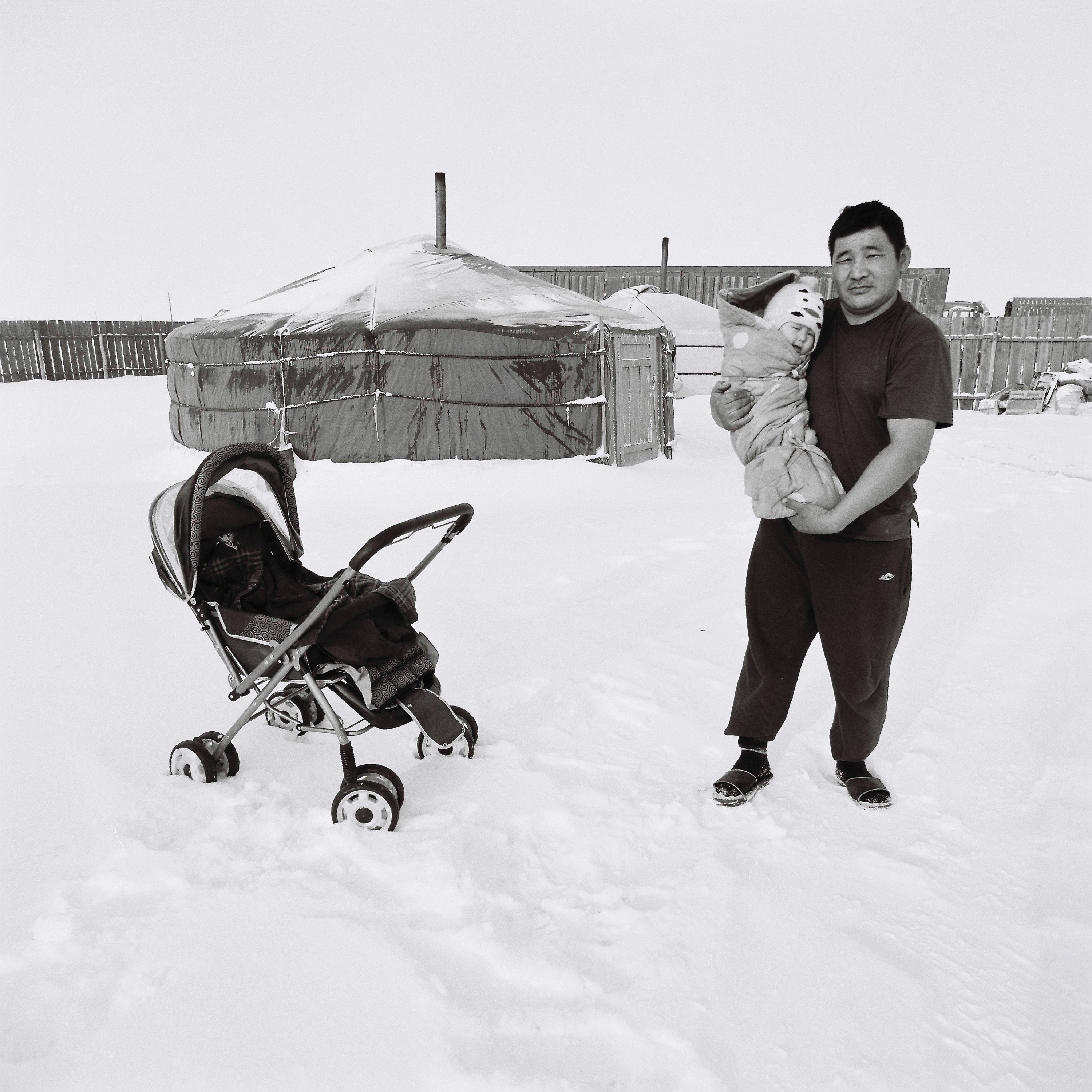
(Photo: Roger Chapman)
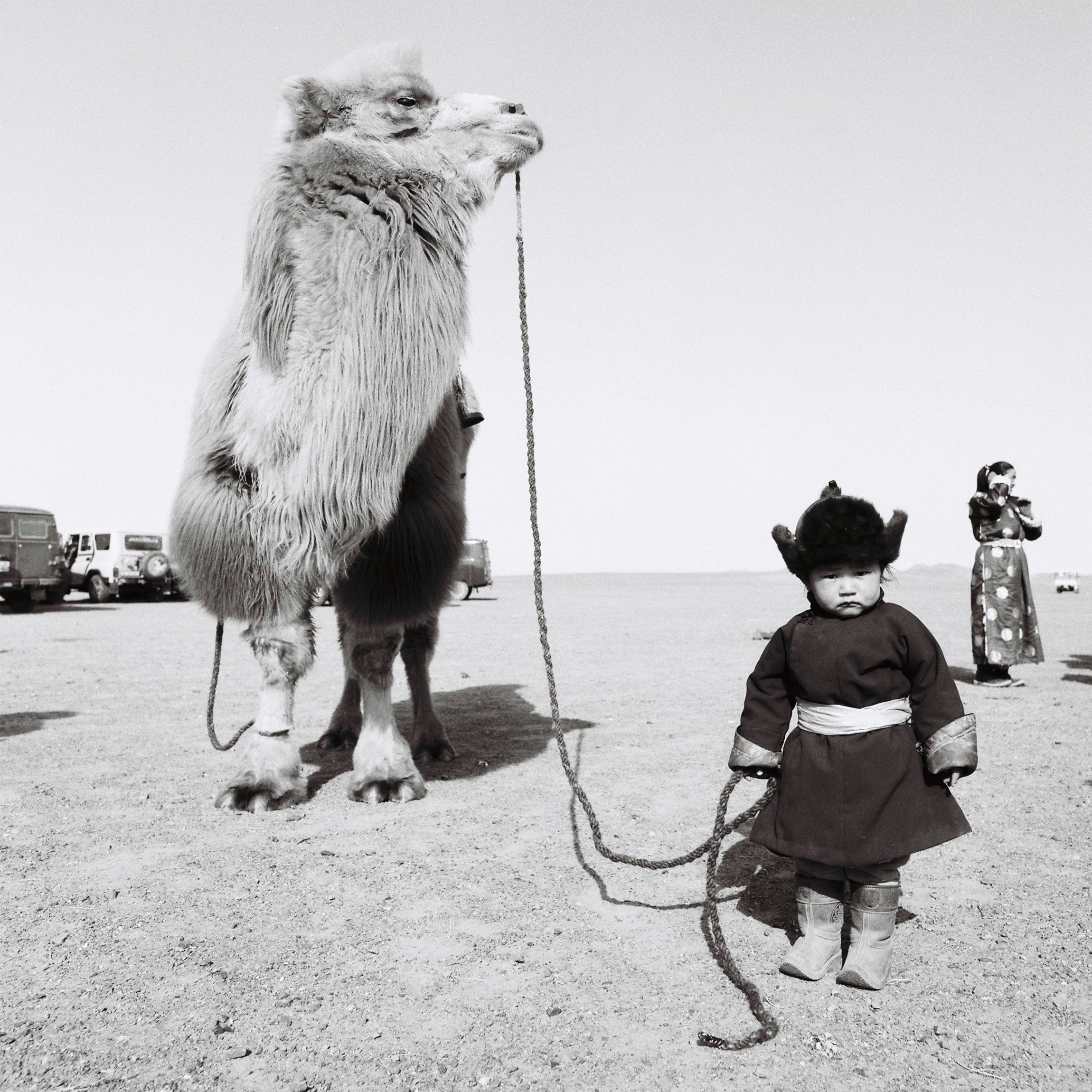
(Photo: Roger Chapman)
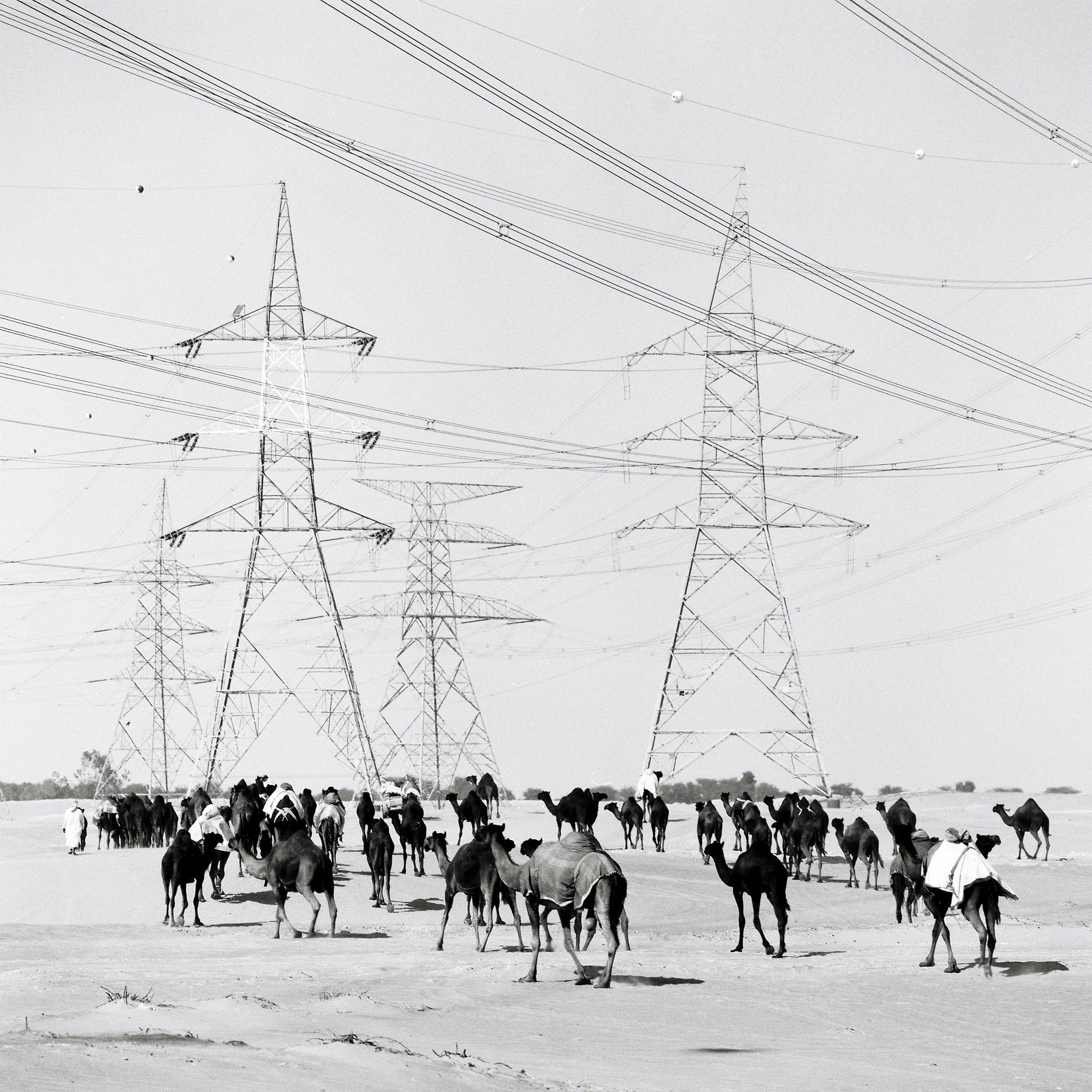
(Photo: Roger Chapman)
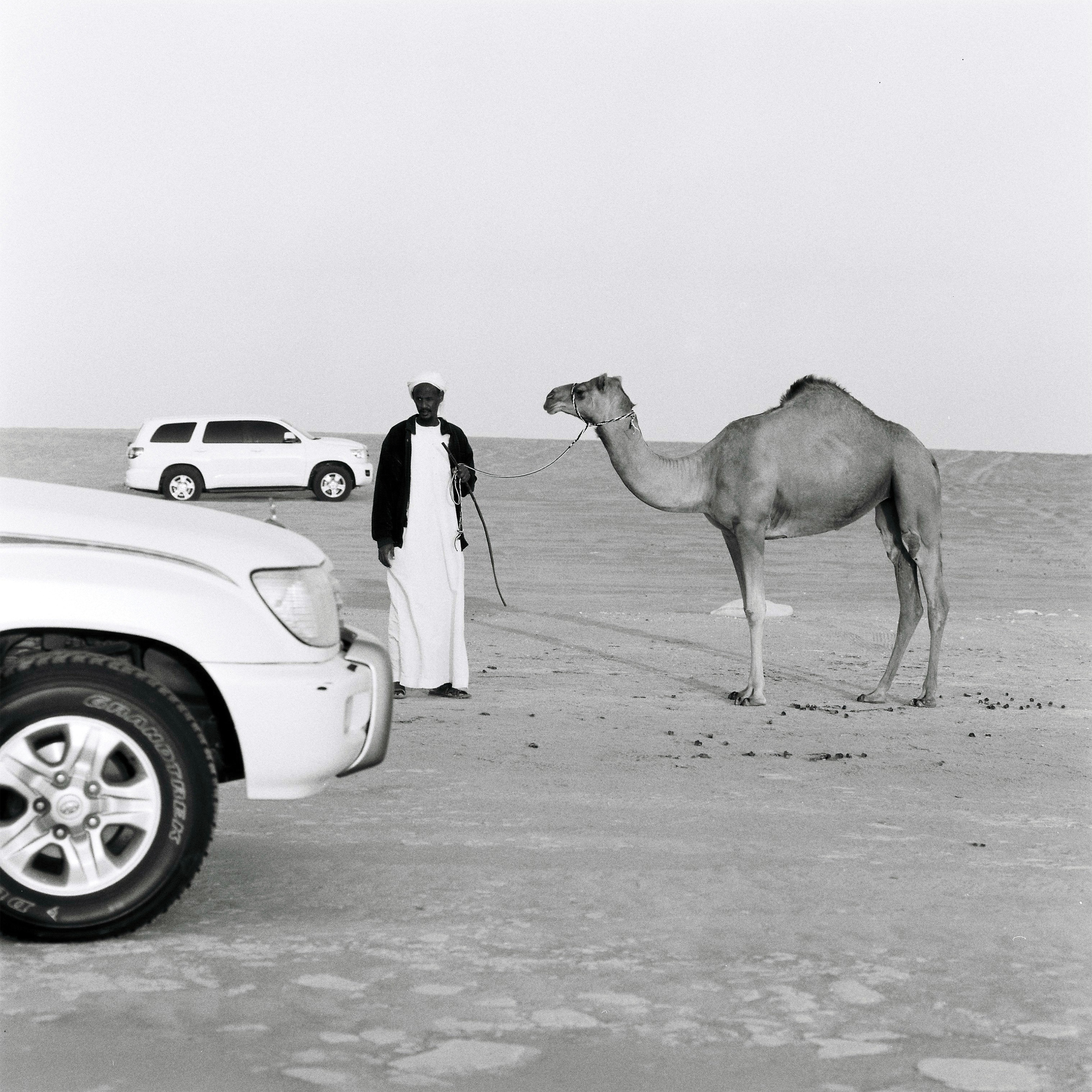
(Photo: Roger Chapman)
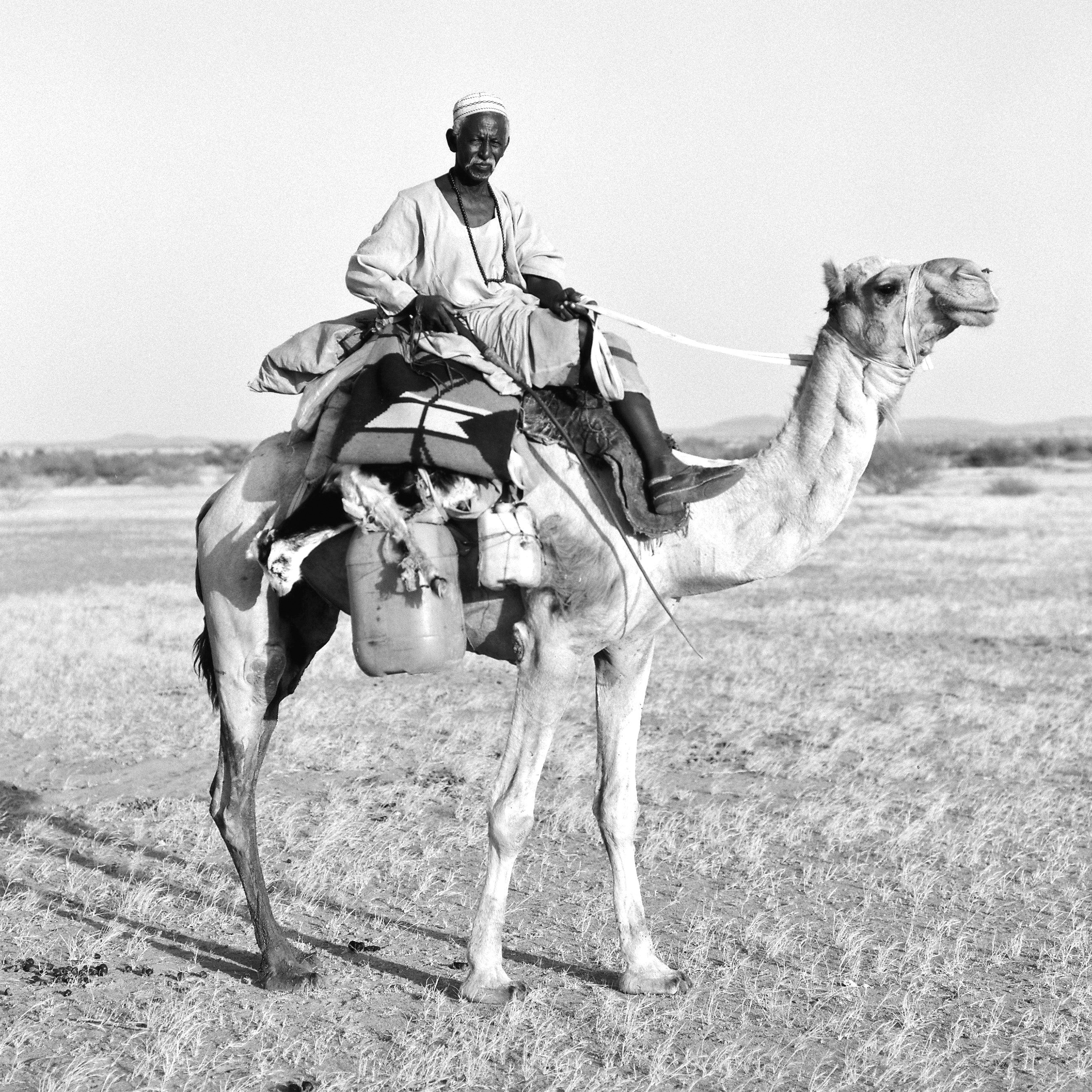
(Photo: Roger Chapman)
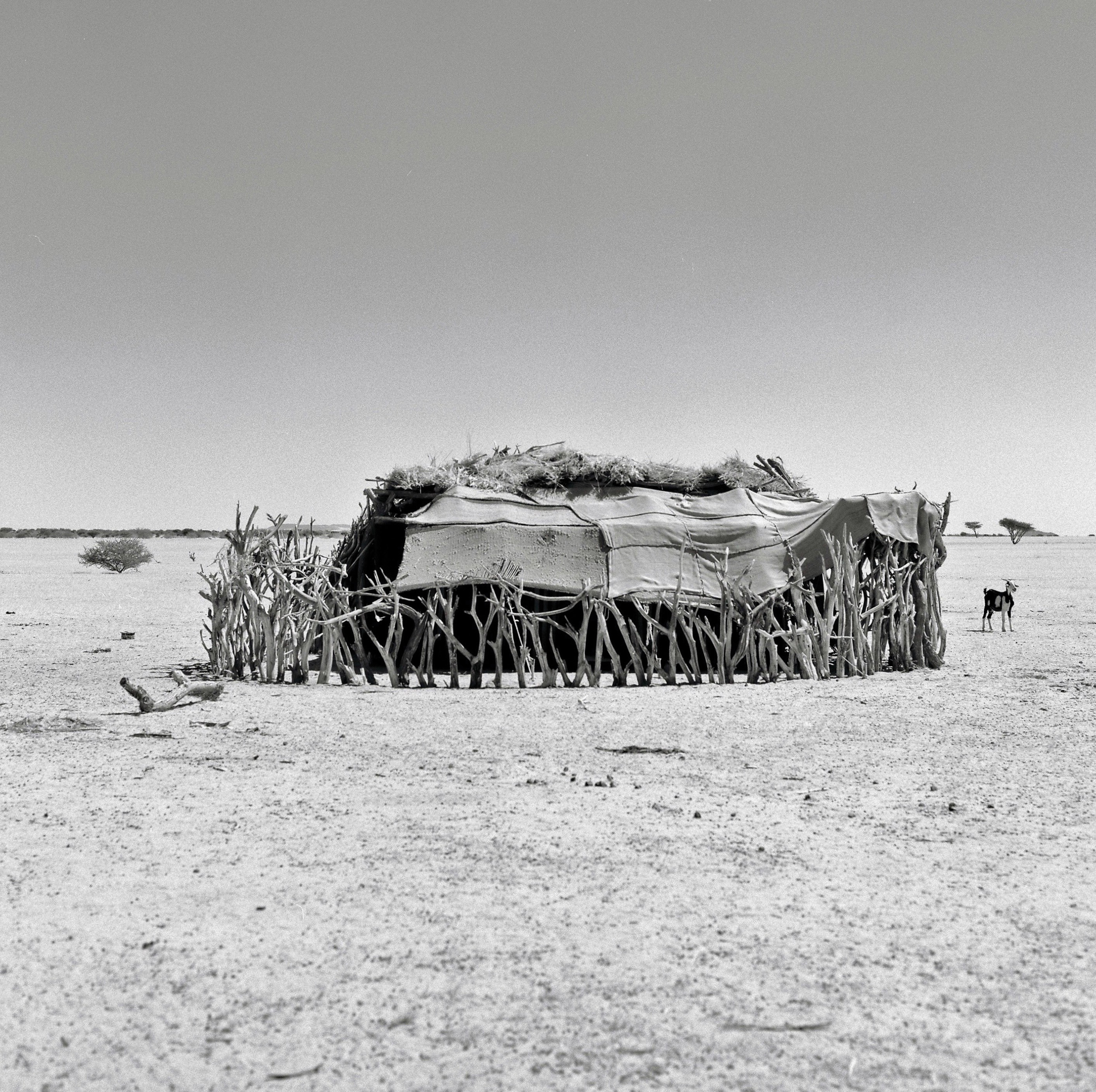
(Photo: Roger Chapman)
A version of this story originally appeared in the June/July 2018 issue of Pacific Standard. Subscribe now and get eight issues/year or purchase a single copy of the magazine.





